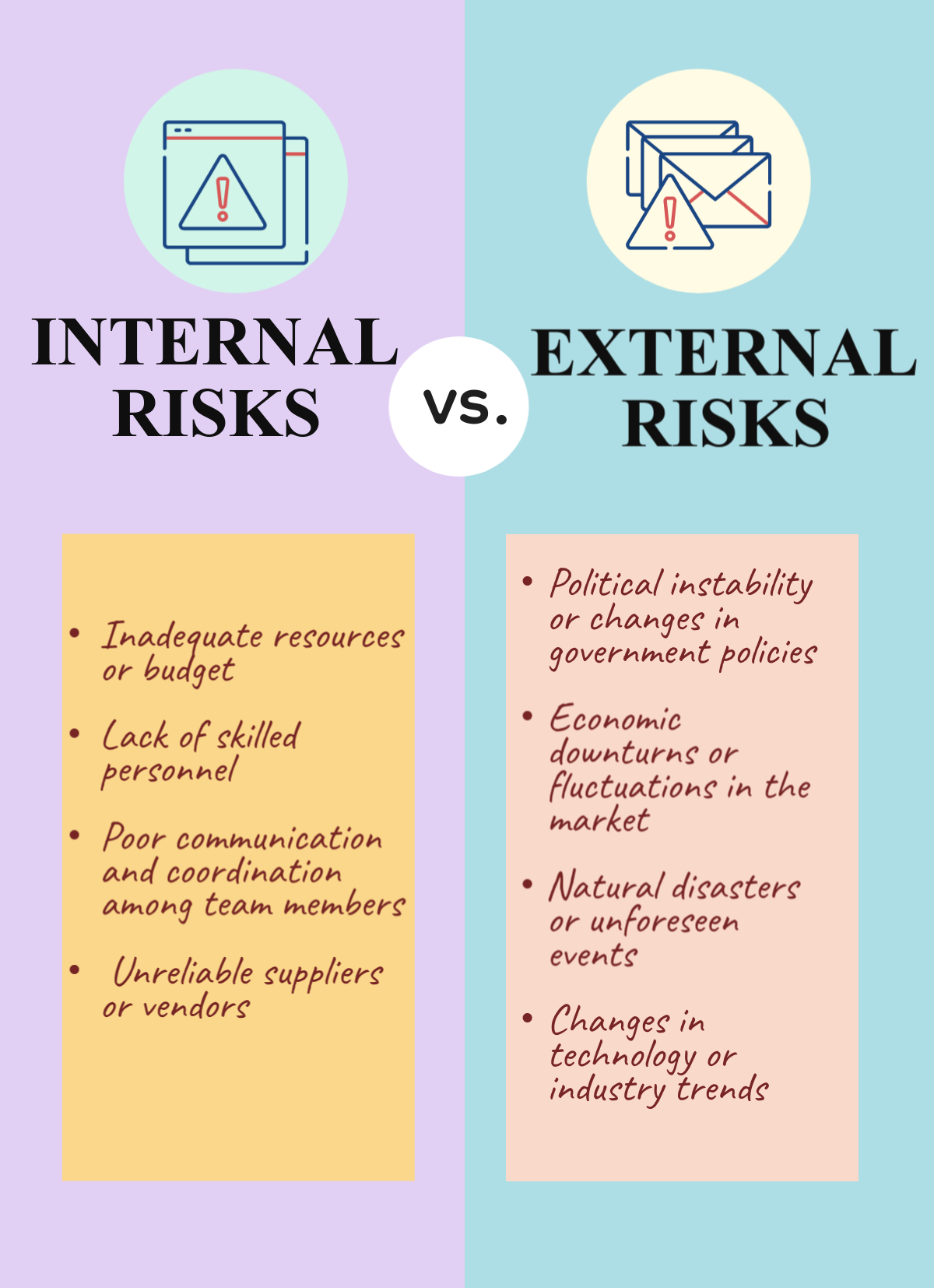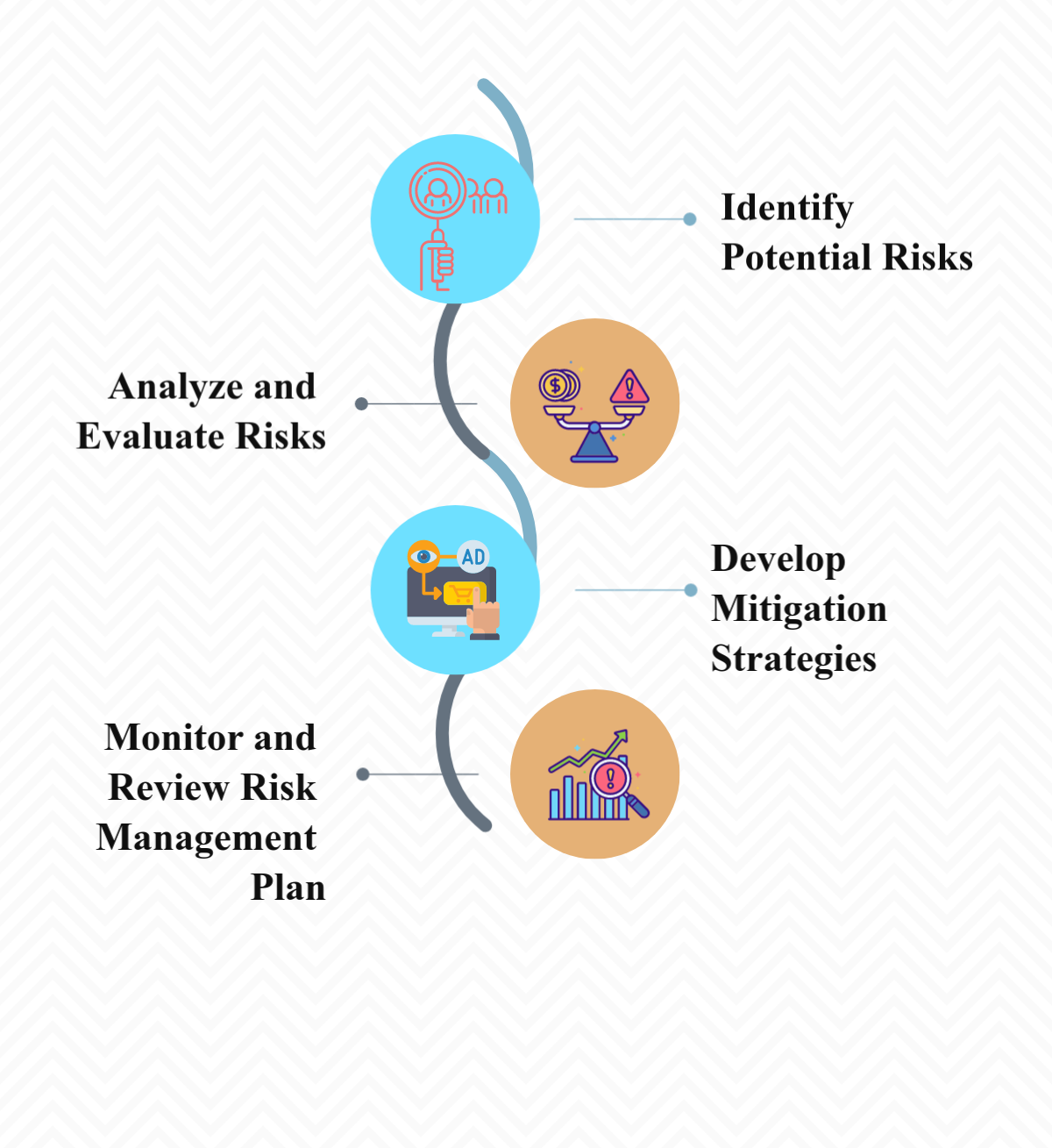Step 2: Analyze and Evaluate Risks
Once potential risks have been identified, the next step is to analyze and evaluate them. This involves assessing the likelihood and impact of each risk on the procurement project. Likelihood can be classified as high, medium, or low, while the impact can range from minor to severe.
For example, a potential risk of inadequate resources may have a high likelihood and a severe impact on the project's success. On the other hand, changes in technology may have a medium likelihood and a minor impact on the project.
Step 3: Develop Mitigation Strategies
After analyzing and evaluating the risks, the next step is to develop mitigation strategies. These are action plans that organizations can implement to reduce or eliminate the impact of potential risks. Some common mitigation strategies include:
● Diversifying suppliers or vendors
● Developing contingency plans for unforeseen events
● Negotiating contracts with favorable terms and conditions
● Conducting regular performance evaluations of suppliers
Step 4: Monitor and Review Risk Management Plan
Once the mitigation strategies have been implemented, it is crucial to monitor and review the risk management plan regularly. This will help in identifying any new risks that may arise during the procurement process and making necessary adjustments to the existing plan.





